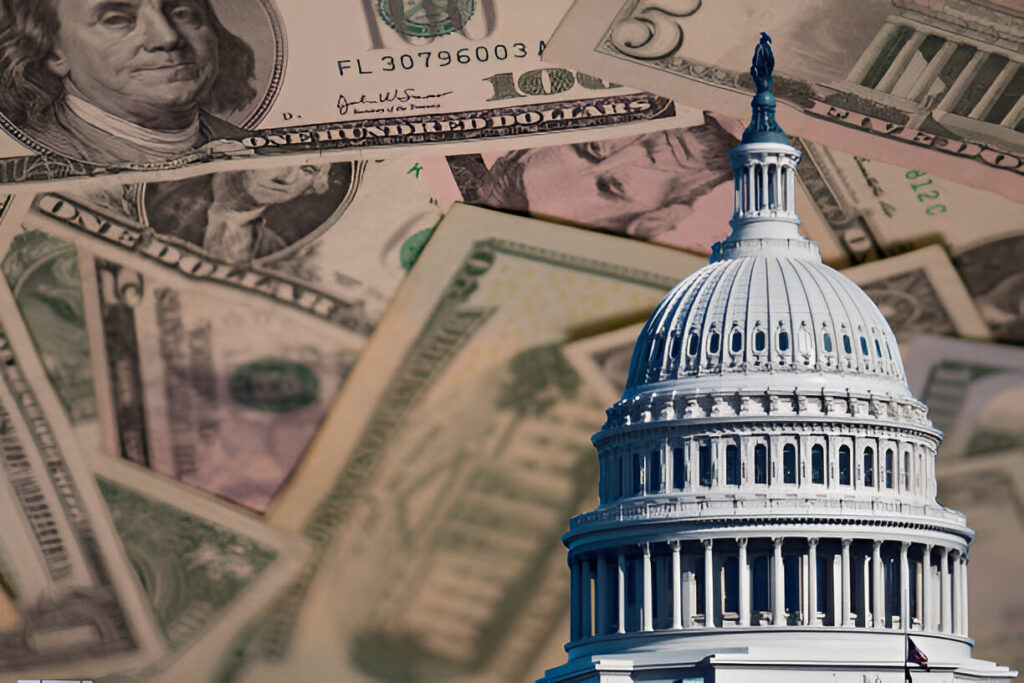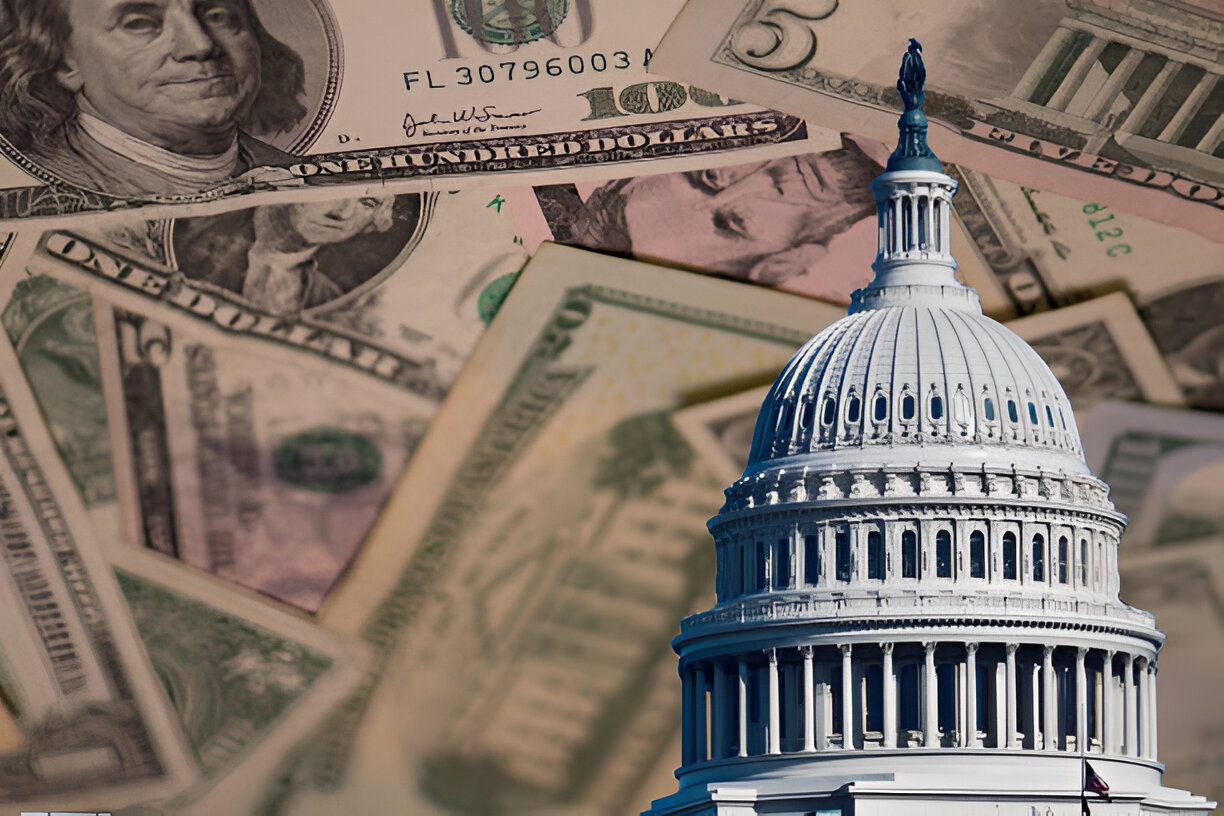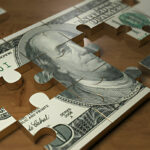In a surprising turn of events, the United States economy has demonstrated remarkable resilience and strength during the second quarter of 2024. Despite ongoing challenges such as high interest rates and inflationary pressures, the latest economic report paints a picture of a nation on solid financial footing.

GDP Growth Exceeds Forecasts
The Commerce Department’s recent release shows that Gross Domestic Product (GDP) – the comprehensive measure of economic activity – grew at an impressive 2.8% annualized rate in Q2. This figure not only doubles the 1.4% growth seen in the first quarter but also surpasses economists’ projections of 1.9%.
Consumer Spending: The Economic Powerhouse
At the heart of this economic surge lies robust consumer spending, which accounts for approximately 70% of the US economy. American shoppers flexed their financial muscles, with spending accelerating to an annual rate of 2.3%, up from 1.5% in Q1. This uptick was particularly noticeable in the goods sector, while services saw a slight decrease.
Retail sales data further corroborates this trend, showing significant increases across various sectors, including dining out and bar visits. The measure of “final sales to private domestic purchasers” – a key indicator of consumer demand – strengthened to 2.9%, up from 2.6% in the previous quarter.
Inflation: A Promising Downward Trend
Perhaps the most encouraging aspect of this report is the simultaneous deceleration of inflation alongside economic growth. This development is crucial for the Federal Reserve as it contemplates future interest rate decisions. Some financial experts are even speculating about potential rate cuts as early as September, given the positive inflation data.
Business Investment on the Rise
The corporate sector also contributed significantly to the economic upswing. Business investment, or “nonresidential fixed investment,” rose to a 5.2% rate in Q2, up from 4.4% in Q1. This increase was largely driven by heightened spending on equipment, ranging from laptops to industrial machinery.
Scott Helfstein, a senior vice president at Global X, noted, “Companies are investing in automation and digitalization, which will drive margins higher, and valuations will continue to follow.”
However, it’s worth noting that spending on physical structures saw a slight decline, likely due to the persisting high interest rates.
Looking Ahead: Cautious Optimism
While the overall economic picture is undoubtedly positive, some experts urge caution. Oren Klachkin, an economist at Nationwide, predicts that “Elevated borrowing costs and tight bank lending standards will continue to pose headwinds for equipment spending and some facets of structures.”
Nevertheless, the consensus seems to be that tech-related investments will continue to rise, potentially offsetting challenges in other areas.
The Elusive “Soft Landing”
This combination of robust growth and decelerating inflation has reignited discussions about the possibility of a “soft landing” – a scenario where inflation is brought under control without triggering a recession. Historically, this has been achieved only once before, during the 1990s.
As we move forward, all eyes will be on upcoming reports, particularly the Commerce Department’s release of June figures on household income, spending, and the PCE price index – the Fed’s preferred inflation measure.
For now, the US economy appears to be navigating turbulent global waters with remarkable agility, offering a glimmer of hope for continued prosperity in the face of ongoing challenges.







